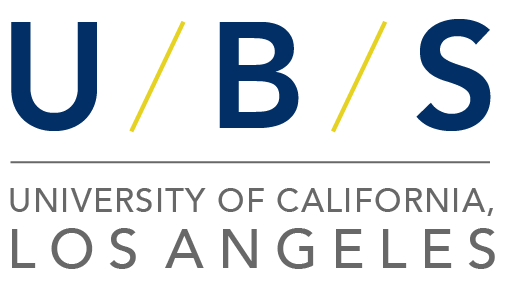Resume Building 101
Your resume is one of the most important aspects of your business profile. In just one page, you have to convey all relevant experiences and stand-out details about yourself so you can land that internship, secure that leadership position, or demonstrate your knowledge in a networking call.
There are 5 key points that you want to communicate when constructing your resume.
#1: Attention to detail
One of the points you want your resume to present is your attentiveness to detail. This encompasses spelling, punctuation, format, the overall look of the resume, and everything that constructs it. Being cognizant of what you put on your resume and subsequently, in the hands of a recruiter, is key to demonstrating that you put your utmost care in whatever it is that you are applying for or trying to present. It shows your audience that you care about how someone might view you.
Some tips to ensure that you are paying attention to the details of your resume include:
Use a traditional format.
Have others look through your resume. They can be your friends, mentors, or even better, someone that works in the profession you are interested in.
Continue to edit and read through your resume as you add and delete information.
Print out your resume to review and edit it physically.
#2: Writing capabilities
Writing is an essential skill in any profession, and because business is conducted with a heavy use of communication, writing becomes even more pivotal. Being able to demonstrate your writing skills on your resume communicates to your audience that you have a rudimentary skill for the job. In addition, it shows you pay attention to the details of your resume.
Here are some tips to demonstrate your writing capabilities:
Use Grammarly. Grammarly is an extension to your browser that checks your spelling and grammar on many platforms. Although the program may not be accurate 100% of the time, it lends a good helping hand, especially on programs that inherently do not have a spell or grammar check.
Pay attention to your verb tenses and keep it consistent. Past experiences require past tense and current experiences require present tense.
#3: Industry knowledge and vocabulary
Another major point you want to communicate in your resume is your commitment and knowledge to the industry and/or job you are displaying interest in. One great way to display this is through your experience in your resume. Depending on the position you are applying for or the people you are sending your resume to, you have to adjust your resume according to the industry. In addition, oftentimes, recruiters screen your resume for keywords that fit the job description of the job you are applying to, so having industry words and knowledge allows your resume to stand out.
These pointers will help you showcase your industry knowledge:
Insert key or buzz words from the job description into your resume.
Quantitative data is evidence for your knowledge and experience. Having numbers, percentages, and tangible details on your resume bolsters its credibility.
If the resume is not for a specific job, insert industry-specific words.
#4: Eye for aesthetics
Just by glancing at your resume, your audience can get an idea of how you are as a professional. This is why paying attention to how your resume looks overall is very important when building it, so be mindful of the font size, what is bolded, italicized, or underlined. Typically, business resumes tend to shy away from the template-like designs that are usually available on Microsoft Word.
Here are some guidelines you should follow when designing your resume:
Your margins should be 0.5”.
For content bullets, your font size should be 8-10. For headers, sections, or your name, they should be bigger.
Recommended fonts are Book Antiqua, Garamond, Georgia, or Times New Roman. All of these are available on popular word document programs.
Fill in your content bullets to the right side of the margin. It will make your resume look fuller and more pleasing to the eye.
#5: What makes you unique
Your audience, typically recruiters, are screening through hundreds, possibly even thousands, of resumes in a given time period. Being able to stand out from the crowd and demonstrate what makes you unique as a person may be the factor that allows you to move onto that first interview or secure that leadership position. Your resume is your moment to shine, so take advantage of this and highlight all your unique characteristics and achievements!
Here are some pointers to stand out:
Most, if not all, high school experiences should be removed by sophomore year in college, unless you achieved something unique and admirable during high school.
Use the interest line to your advantage. Avoid listing out verbs with an “-ing” ending. This is your chance to spark conversation with your audience.
Kill your darlings. Your resume is oftentimes not about quantity, but quality. Rather than listing out as many experiences as you can, focus on the ones that are most relevant to the position you are interested in or encompass your skills as a business professional.
Now that you’ve written and designed your resume, submitting it is also an important step to utilizing your resume. Here are some pointers for submitting your resume in a professional way:
Name your document something appropriate. Avoid names like “Resume_V1” or “Resume April 2020.” Keep it simple with something like “Bruin,Joe_Resume” or “Resume_Joe Bruin.”
Always submit it as a PDF.
Sometimes when writing a resume on a certain program, like Google Docs, the formatting is changed when converting to a PDF. Be mindful of this and adjust accordingly.
With this guide, we hope you can successfully build your resume and secure that position you desire! To get started, please view the template linked here. To edit the template, click File and then, Make a Copy, and you can directly edit on the document.
